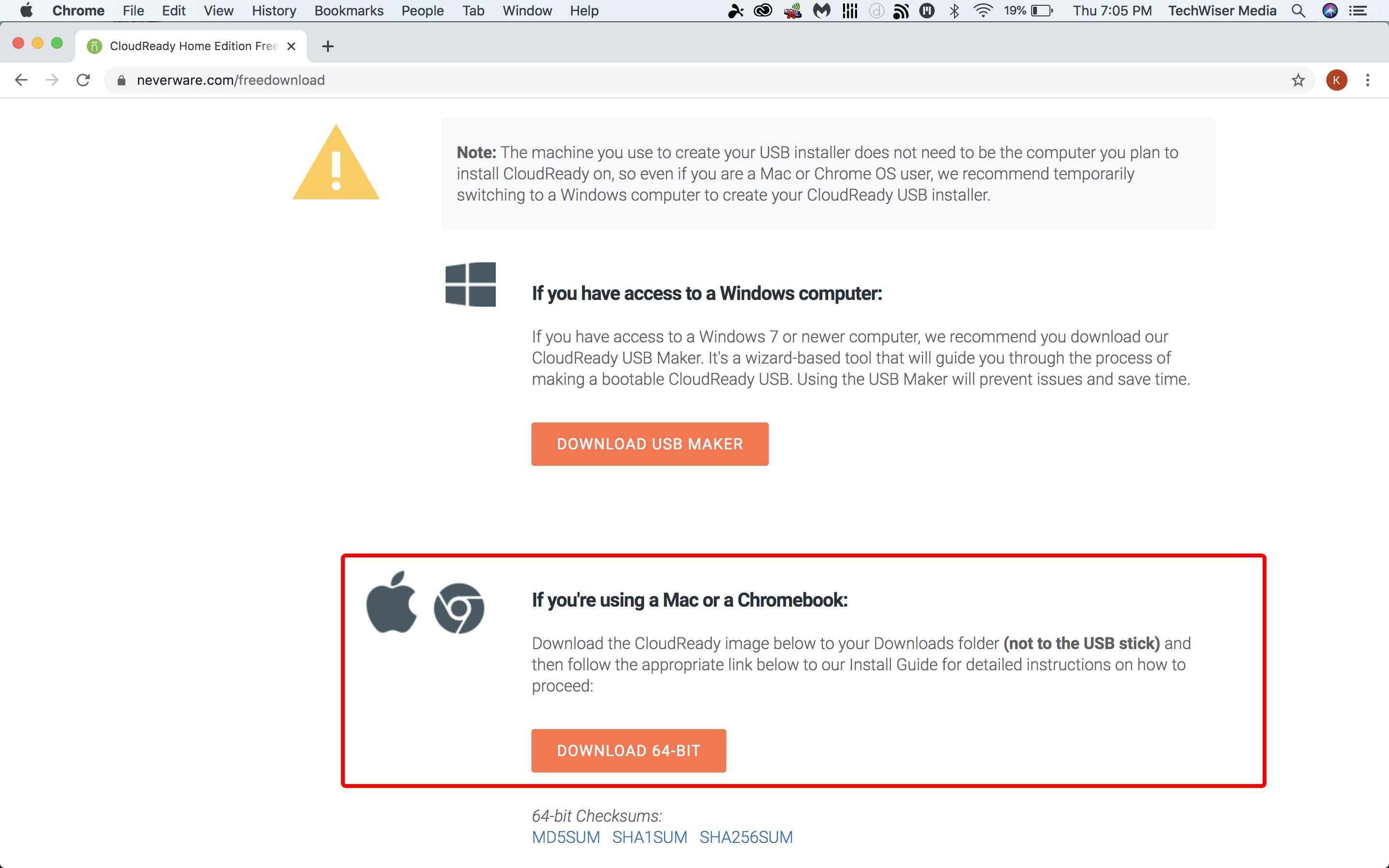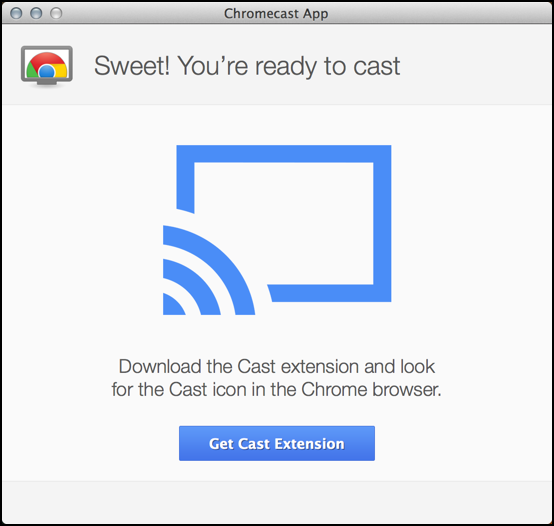How to change your default web browser
- Make sure that the other web browser is installed.
- Choose Apple menu > System Preferences, then click General.
- Choose a web browser from the 'Default web browser' menu.
How to change your default email app
- Mar 20, 2016 The Chromebook Recovery Utility is added to the Chrome App Launcher, which is installed by default in your Mac Dock. When you click on it, the App Launcher displays all of your Chrome apps (see image below): (Chrome App Launcher on a Mac.) 10.).
- Get Google Chrome. Download Chrome for iPhones and iPads. Chrome is available for: iPad, iPhone, and iPod Touch; iOS 12 and up; All languages supported by the App Store; Install Chrome.
- Owners of Apple's newest Mac mini, MacBook Pro, and MacBook Air can now download a version of Google's Chrome browser that is compiled specifically for the M1 chip, rather than requiring the use of the Intel version through the Rosetta emulation layer.
- In Chrome's search bar, enter chrome://flags. Next, locate and enable the 'App Launcher OSX App Bundle.' Then, restart Chrome. Now you're ready to check out the apps. Head over to the web store to download, manage and launch apps. After you launch an app, you'll be able to locate it in the Applications folder of Chrome App Launcher.

Counterintuitive and unproductive!! I really wanted to like the Chrome app for iOS but it turned out to be counter productive. I use a lot of other Google apps over Apple (notable Gmail and Google Maps) and after a lot of prompting from those apps to use Chrome when pushing to Safari, I decided to give it a try.
- Make sure that the other email app is installed. Although you might be able to use a web browser for email (webmail), a web browser isn't an email app.
- Open the Mail app.
- Choose Mail > Preferences, then click General.
- Choose an email app from the 'Default email reader' menu.
You might be prompted to add an email account before you can change the setting in Mail. If you don't want to do that, check the preferences of the other email app. You might be able to set a default email app from there.
Learn more
Change the default web browser or email app on iPhone, iPad, or iPod touch.
How to free up disk space on macbook air. To quit (close) a Mac app normally, choose Quit from the app's menu in the menu bar, or press Command (⌘)-Q. If the app doesn't quit, follow these steps to force the app to quit.
How to force an app to quit
Press these three keys together: Option, Command, and Esc (Escape). Or choose Force Quit from the Apple menu in the upper-left corner of your screen. (This is similar to pressing Control-Alt-Delete on a PC.)
Then select the app in the Force Quit window and click Force Quit. How to print on macbook pro.
Mac face recognition login software. You can even force the Finder to quit, if it stops responding: Select Finder in the Force Quit window, then click Relaunch.

Counterintuitive and unproductive!! I really wanted to like the Chrome app for iOS but it turned out to be counter productive. I use a lot of other Google apps over Apple (notable Gmail and Google Maps) and after a lot of prompting from those apps to use Chrome when pushing to Safari, I decided to give it a try.
- Make sure that the other email app is installed. Although you might be able to use a web browser for email (webmail), a web browser isn't an email app.
- Open the Mail app.
- Choose Mail > Preferences, then click General.
- Choose an email app from the 'Default email reader' menu.
You might be prompted to add an email account before you can change the setting in Mail. If you don't want to do that, check the preferences of the other email app. You might be able to set a default email app from there.
Learn more
Change the default web browser or email app on iPhone, iPad, or iPod touch.
How to free up disk space on macbook air. To quit (close) a Mac app normally, choose Quit from the app's menu in the menu bar, or press Command (⌘)-Q. If the app doesn't quit, follow these steps to force the app to quit.
How to force an app to quit
Press these three keys together: Option, Command, and Esc (Escape). Or choose Force Quit from the Apple menu in the upper-left corner of your screen. (This is similar to pressing Control-Alt-Delete on a PC.)
Then select the app in the Force Quit window and click Force Quit. How to print on macbook pro.
Mac face recognition login software. You can even force the Finder to quit, if it stops responding: Select Finder in the Force Quit window, then click Relaunch.
Learn more
Chrome App Download
How to force an app to close on your iPhone, iPad, or iPod touch.

